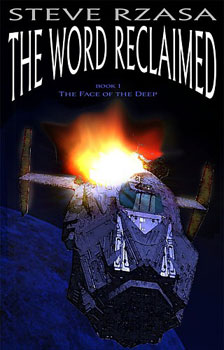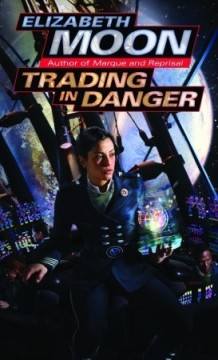 The Icarus Hunt, by Timothy Zahn (Bantam Spectra, 1999)
The Icarus Hunt, by Timothy Zahn (Bantam Spectra, 1999)
This is one of those novels that I loved on a first read and appreciate just as much (if not more) on subsequent visits when I can watch the hints and clues drop into place.
If Alistair MacLean were to have written a space thriller, it might look like this. Twists, turns, people who aren’t what they seem, and a protagonist I somehow trusted from page one even though his resume testified against him. (That might have had something to do with the way he dispatched three large, hairy aliens who picked a fight with him in a seedy spaceport tavern.)
Jordan McKell and his partner, Ixil, smuggle drugs for an interstellar cartel. (I’m very fond of Ixil, the alien with the two symbiotic, ferret-like “outriders.”)
The thing about McKell? You can’t stop him. So despite his unsavoury life, when he’s hired to lead a mismatched band of strangers flying a bizarre-looking ship across the galaxy to Earth, you know that somehow he’ll get it done. Despite increasingly strong opposition.
The Icarus Hunt is a chase. It’s also a puzzle, as McKell and his crew try to find out what makes this ungainly ship such a hot commodity.
This is a mainstream novel containing minor profanity, but otherwise what I’d class as a clean read. There’s violence, but it’s more punching or shooting than bleeding or screaming.
Timothy Zahn is my favourite science fiction author, and The Icarus Hunt may be my favourite of his stand-alone titles. He’s written over 40 novels, including some of the best ones in the Star Wars expanded universe, as well as numerous shorter stories. Along the way he’s won a Hugo Award and become a New York Times bestselling author.
[Review copy from my personal library.]



